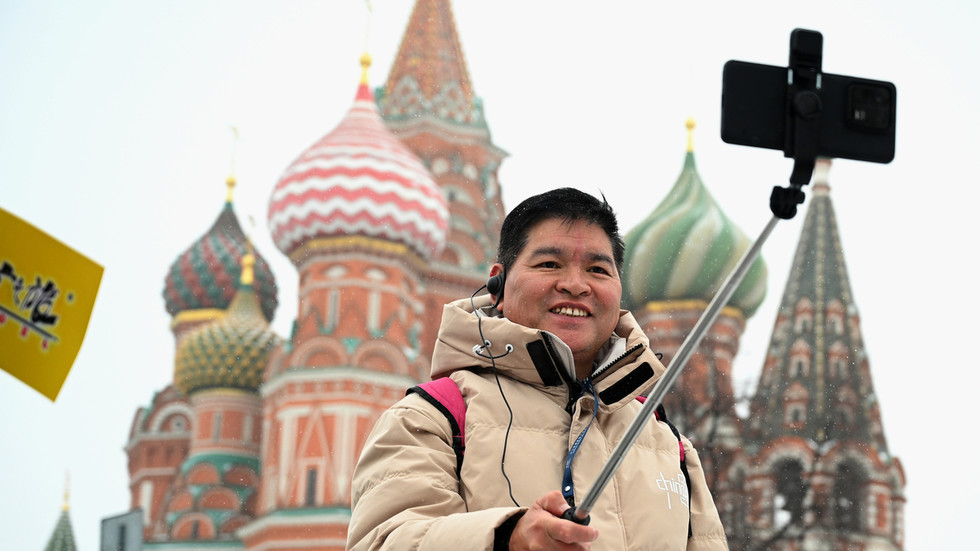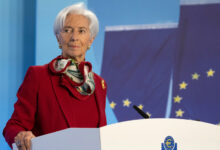
A new e-visa scheme has already sharply boosted arrivals from abroad

FILE PHOTO: A tourist from China takes a selfie on Red Square in Moscow, Russia. © Sputnik / Ramil Sitdikov
The number of tourists coming to Russia may rise significantly in 2024 thanks to the introduction last year of electronic visas and growing demand from Asia, according to Aleksandr Musikhin, the CEO of Intourist and committee head of the Association of Tour Operators of Russia (ATOR).
Musikhin told a press conference this week that nearly 430,000 foreign tourists visited Russia from January to September 2023. Organized tourist groups arrived mainly from China, Vietnam, India, Indonesia, Iran, and the UAE. Individual tourists came from Latin America, the Middle East, and Europe.
Among the factors driving the growth in foreign tourism in Russia, Musikhin named the electronic visa scheme and the weak ruble, which made pricing for hotels and services more appealing.
Electronic visas, which were launched in August, simplify travel to Russia for the citizens of 55 countries. The application process takes four days and is based on the use of an online portal or mobile app. It provides foreigners a single entry into Russia and allows them to stay up to two weeks. The cost is about $52. Such visas have proven to be particularly popular among tourists from India, Türkiye, China, Iran, Vietnam, Saudi Arabia, Singapore, the Netherlands, France, Italy, and Spain. Russia also launched reciprocal visa-free group tours with China and Iran, and offered the same to India.
READ MORE: Russia’s e-visa scheme drives sharp increase in tourist bookings
“We predict a 3-4-fold increase [in foreign tourism] in 2024. Tourists are expected to be mainly from Asian countries,” Musikhin said.
The Russian Ministry of Economic Development is seeking to boost the incoming tourist flow to 16 million tourists by 2030. They are expected to come from 17 priority countries in the Middle East and Asia.
For more stories on economy & finance visit RT’s business section




